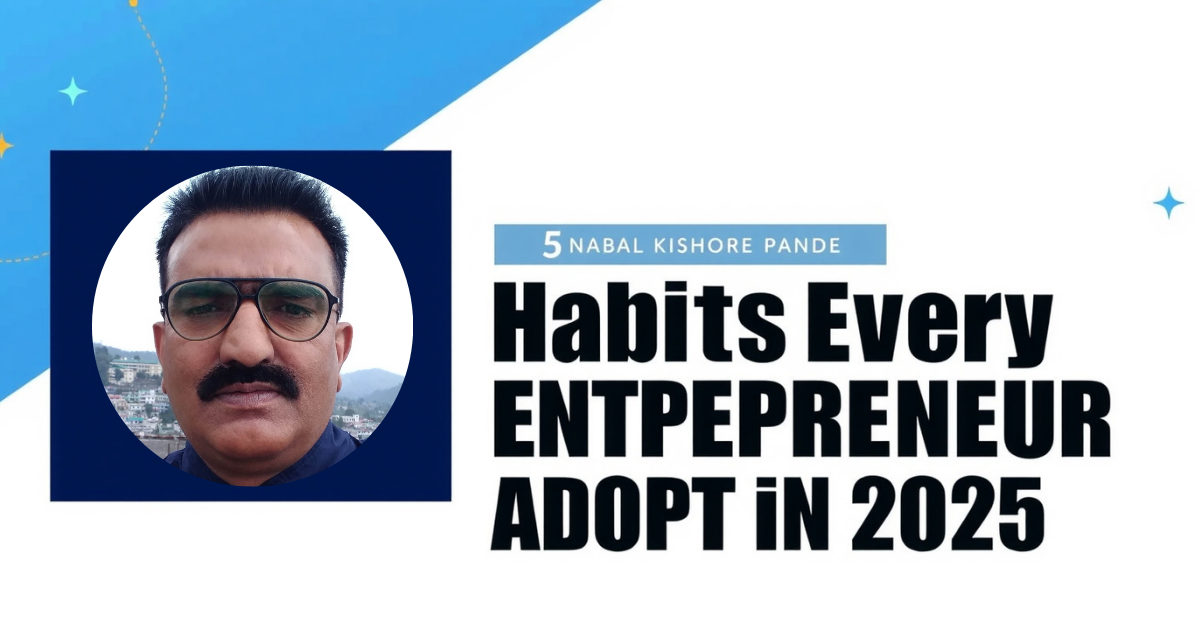
How Alisha Used One Simple Behavioral Science Trick to Turn First Impressions into Lasting Connections
“You never get a second chance to make a first impression.” — Will Rogers
We’ve all been there: standing in front of a new audience, introducing ourselves in a room full of strangers, heart racing, palms sweaty. How do you pack a lasting, favorable image into just sixty seconds? Meet Alisha — a marketing manager with a big presentation, a bigger audience, and exactly one minute to win them over. With the help of one behavioral scientist’s trick — hacking the “halo effect” — she not only nailed her intro but had people buzzing about her long afterward.
In this story-driven, step-by-step guide, you’ll learn Alisha’s exact 1-Minute Introduction formula, infused with the latest behavioral insights to make your first impression unforgettable. Whether you’re pitching a client, meeting new colleagues, or mingling at a conference, these simple, science-backed steps will help you hack the halo effect and plant a positive, memorable aura around your name.
Why the Halo Effect Matters in One Minute
The halo effect is a cognitive bias where our overall impression of someone (positive or negative) influences how we perceive their traits and abilities. Nail the first few seconds, and people assume you’re competent, likable, and trustworthy. Mess it up — even a small slip — and you’ll struggle to overcome that initial stain.
Alisha read about halo effect research in a behavioral science journal: when you prime someone with a strong positive cue, everything you say afterward rides on that wave. But how do you prime effectively in just 60 seconds? Let’s follow Alisha’s journey.
Alisha’s 1-Minute Introduction in 8 Easy Steps
Hook with a Relatable Question
Time: 0–10 seconds
Alisha begins: “Have you ever walked out of a meeting and wondered, ‘Did I even say anything memorable?’” This instantly engages her audience’s own experiences and primes them to seek value in her introduction.Why it works: Openers that tap into shared feelings activate empathy. People nod along, building subconscious rapport.
Pro Tip: Make the question broad enough to include everyone, but specific to your context.
Drop a Surprising Statistic or Fact
Time: 10–20 seconds
“Studies show that 55% of our first-impression judgment is based on nonverbal cues alone.” Alisha throws in a quick stat about body language to demonstrate expertise and keep listeners intrigued.Why it works: Novel facts trigger curiosity and position you as knowledgeable.
Pro Tip: Include keywords like “first-impression statistic” or “nonverbal cues” to rank for informational queries.
Share Your Unique Elevator Pitch
Time: 20–30 seconds
“I’m Alisha Kumar — I help Fortune 500 brands turn data into emotional stories that drive sales.” Crisp, benefit-focused, and personal.Why it works: Clarity breeds confidence. An elevator pitch that emphasizes the why and how sticks.
Pro Tip: Use active verbs (“help,” “transform,” “drive”) to convey action and impact.
Nonverbal Power Gesture
Time: 30–35 seconds
As she speaks, Alisha anchors her statement with a subtle but confident palm-down hand gesture. This “power position” signals authority without arrogance.Why it works: Behavioral scientists find that even small gestures can shift audience perceptions dramatically, reinforcing the halo effect (behavioral research).
Pro Tip: Mention “power gestures” to attract readers interested in nonverbal communication.
Insert a Micro-Story
Time: 35–45 seconds
“Last month, I walked into a pitch meeting pretty nervous — but by the time I told our brand’s origin story, even the toughest skeptics were nodding along.”Why it works: Stories are sticky. A micro-narrative showcases vulnerability and outcome in under ten seconds.
Pro Tip: Keep stories under three sentences; focus on the obstacle, action, and result.
Evoke a Positive Emotion
Time: 45–50 seconds
Alisha smiles warmly and says, “That moment when you realize your idea just clicked? That’s why I love what I do.”Why it works: Positive affect infuses your audience with goodwill, making every subsequent word more persuasive.
Pro Tip: Use emotional triggers — “love,” “excitement,” “pride” — to connect and rank in “emotional introduction” searches.
Deliver a Clear Value Promise
Time: 50–55 seconds
“By the end of today’s session, you’ll have three actionable tactics you can implement tomorrow to double your engagement rates.”Why it works: A tangible promise gives the audience a reason to listen further. It locks in expectation and value.
Pro Tip: Frame takeaways as time-bound and specific (“by tomorrow,” “in 24 hours”) to maximize perceived usefulness.
Close with a Memorable Tagline
Time: 55–60 seconds
Alisha signs off: “I’m Alisha Kumar — let’s turn every first impression into a lasting advantage.”Why it works: A concise tagline acts as a mnemonic device, embedding your name and core message in listeners’ minds.
Pro Tip: Incorporate your unique tagline in your online profiles and blog posts to boost brand searchability.
The Science Behind the Halo Hack
Behavioral scientists have shown that primacy effects — first impressions formed early — anchor our judgments. Once anchored, our brains subconsciously fill in the blanks to match that initial cue, thanks to confirmation bias. By delivering a rapid sequence of positive signals (expertise, warmth, authority), Alisha created a “halo” that colored her entire presentation in a favorable light.
Nonverbal cues: 55% of impact (Mehrabian, 1971)
Vocal tone: 38% of impact (Mehrabian, 1971)
Content: 7% impact (Mehrabian, 1971)
While the exact percentages vary by context, the takeaway is clear: strategically layering high-impact cues in your first minute multiplies your memorability.
5 Bonus Tips to Supercharge Your 1-Minute Introduction
Practice with a Timer: Record yourself to ensure pacing hits each milestone.
Mirror on Video Calls: Look at your camera lens to simulate eye contact in virtual settings.
Customize for Your Audience: Swap out the statistic or story to match industry interests.
Use Contrast Language: Phrases like “Before, we struggled with… but now…” highlight transformation.
Solicit Immediate Engagement: End by asking, “Does that sound like the kind of change you’re looking for?” to invite interaction.
Bringing It All Together
Before her next big meeting, Alisha ran through this 8-step intro in front of her mentor and tweaked her timing. When D-day arrived, she delivered confidently, and the room lit up. Attendees later described her as “polished,” “authentic,” and “inspiring.” That, right there, is the halo effect in action.
Now it’s your turn. Craft your 1-minute introduction using Alisha’s blueprint:
Hook with a question
Share a surprising fact
State your elevator pitch
Use a power gesture
Tell a micro-story
Evoke positive emotion
Promise a concrete value
Close with your tagline
Practice, refine, and watch as strangers become advocates — one unforgettable minute at a time.
Ready to Hack Your First Impression?
Apply Alisha’s 1-Minute Introduction today, and harness the halo effect to make every introduction your strongest brand moment.





















Write a comment ...